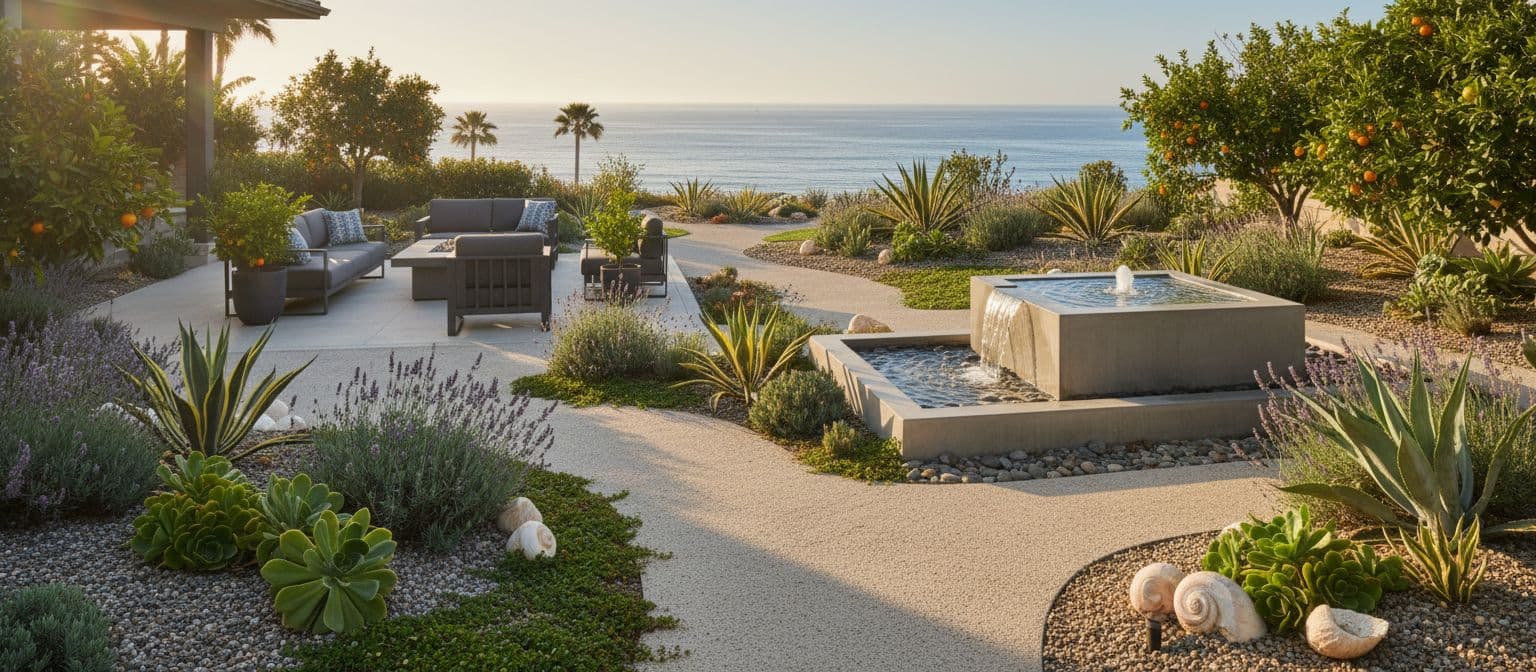Salt in the air, sun on the patio, and a breeze that arrives like a clock. A Newport Beach yard lives by the ocean’s rhythms. That means plants must handle bright light, sandy or fast-draining soils, wind, and the occasional salt spray. The good news: a yard packed with color and texture can also sip water.
This guide breaks down how to pick low‑water plants for coastal yards in Newport Beach, explains what makes them thrive in zone 10a, and offers ready-to-plant combos and simple care steps. Expect lower water bills, less yard work, more pollinators, and year-round curb appeal.
Readers will learn how to match plants to salty air, top choices by category, small-space palettes, and an easy care calendar. A quick safety note: oleander is toxic to pets and people, so plant it away from play areas or skip it.
For wider context on drought-friendly choices, explore this overview of low-water and drought-resistant plants. Local residents may also appreciate a primer on sustainable landscaping with native plants in Orange County.
What makes a plant thrive in Newport Beach’s salty, sunny climate?
Newport Beach sits in USDA zone 10a with mild winters, rare frost, and long, dry summers. The coast brings a soft marine layer most mornings, followed by strong sun and breezy afternoons. Near the beach, salt can ride the wind and settle on leaves. Soils range from sandy to decomposed granite, and both drain quickly.
Success starts with site-first thinking. Choose plants built for salt and wind, then design with color, form, and texture. Plants with silver, waxy, or succulent foliage often shrug off salt and heat. Deep roots and good drainage matter more than fertilizer.
Know the local conditions: salt spray, sandy soil, and zone 10a
- Zone 10a basics: Winters are mild, frost is rare, rain falls in winter, and summers are long and dry.
- Salt and wind: Leaves can burn from salt crystals and abrasive wind. Favor silver leaves, waxy coatings, or succulent textures that resist damage.
- Soil and drainage: Sandy soils drain fast. Add compost for water-holding capacity, but do not import heavy clay that can trap water. In low spots, raise beds a few inches.
- Sun exposure: Full sun near the coast is still strong. Most coastal low-water plants want 6 to 8 hours of sun.
- Microclimates: Areas near walls and patios are warmer and calmer. Parkway strips get extra heat and reflected light.
For a broader starter list, the LA County guide to drought tolerant plants highlights options that handle heat and limited water.

Design for low water: hydrozones, mulch, and smart drip irrigation
- Hydrozones: Group plants by water needs. Keep high-, medium-, and very low-water plants on separate valves.
- Mulch: Apply 2 to 3 inches to lock in moisture, cool roots, and suppress weeds. Keep mulch a few inches away from stems.
- Drip tips: Use pressure-compensating emitters. Start with 0.5 to 1 gph. Water deeply and infrequently.
- Scheduling: Water early in the morning. Adjust seasonally. After winter rains, cut runtime. Local rules discourage daytime irrigation, and Newport Beach limits watering during the heat of the day, so plan cycles for mornings or evenings.
- Extra savings: A weather-based controller can fine-tune irrigation. If salt builds up on emitters, flush lines.
Planting basics for coastal success
- Best timing: Plant fall through early spring so roots grow during cool weather and winter rain.
- Planting steps: Dig a hole 2 to 3 times the pot width, set the crown level with the soil, and backfill gently.
- Root care: Loosen circling roots. Skip fertilizer at planting. Feed with compost once established.
- Wind care: Stake only if needed. Remove stakes as soon as the plant stands on its own.
- First-year focus: Water to build deep roots, then stretch the days between waterings.
For practical inspiration and plant ideas that suit Orange County, see this visual guide to low-water front yard plants in Southern California.
Best low-water plants for coastal yards in Newport Beach
These picks handle salt, sun, wind, and drought in zone 10a. Heights vary by site and care. Mix natives with proven non-natives that are not invasive.
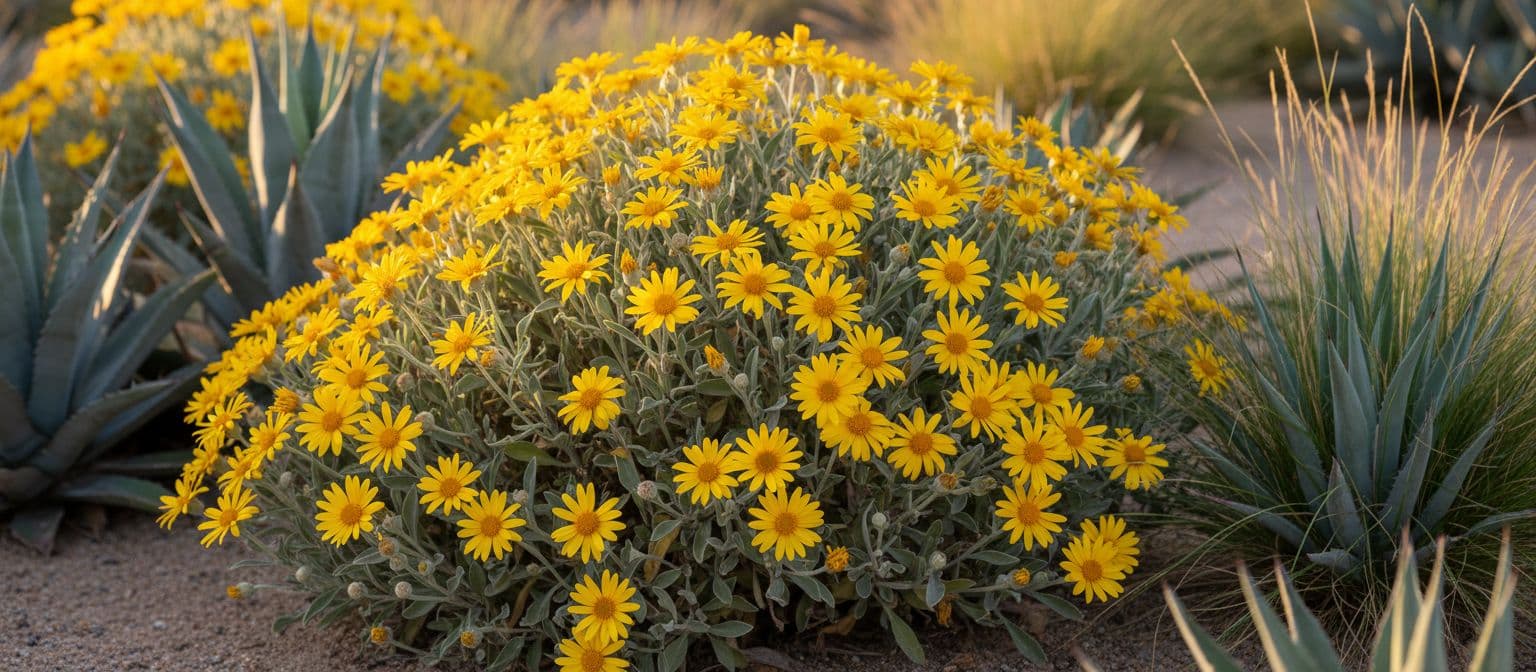
California natives that love sun, salt, and sand
- Encelia californica (California brittlebush): 3 to 5 ft mounds, gray leaves, bright yellow daisies in spring. Loves heat and dry soil; eye-catching with agaves and grasses.
- Eriogonum fasciculatum (California buckwheat): 2 to 5 ft, long bloom from spring to fall, dry flower heads for winter interest. Feeds bees and butterflies, great for slopes.
- Epilobium canum syn. Zauschneria (California fuchsia; includes Epilobium septentrionale forms): 1 to 2 ft spreader with orange-red tubes late summer through fall. Hummingbird magnet.
- Salvia leucophylla (purple sage): 3 to 5 ft, fragrant silver foliage, spring blooms. Excellent on banks for erosion control.
- Ceanothus ‘Yankee Point’ (groundcover California lilac): 2 to 3 ft high, 6 to 10 ft wide. Blue spring flowers, very coastal tough.
- Baccharis pilularis ‘Pigeon Point’ (coyote brush): 1 to 3 ft, dense groundcover for slopes. Very low water once established.
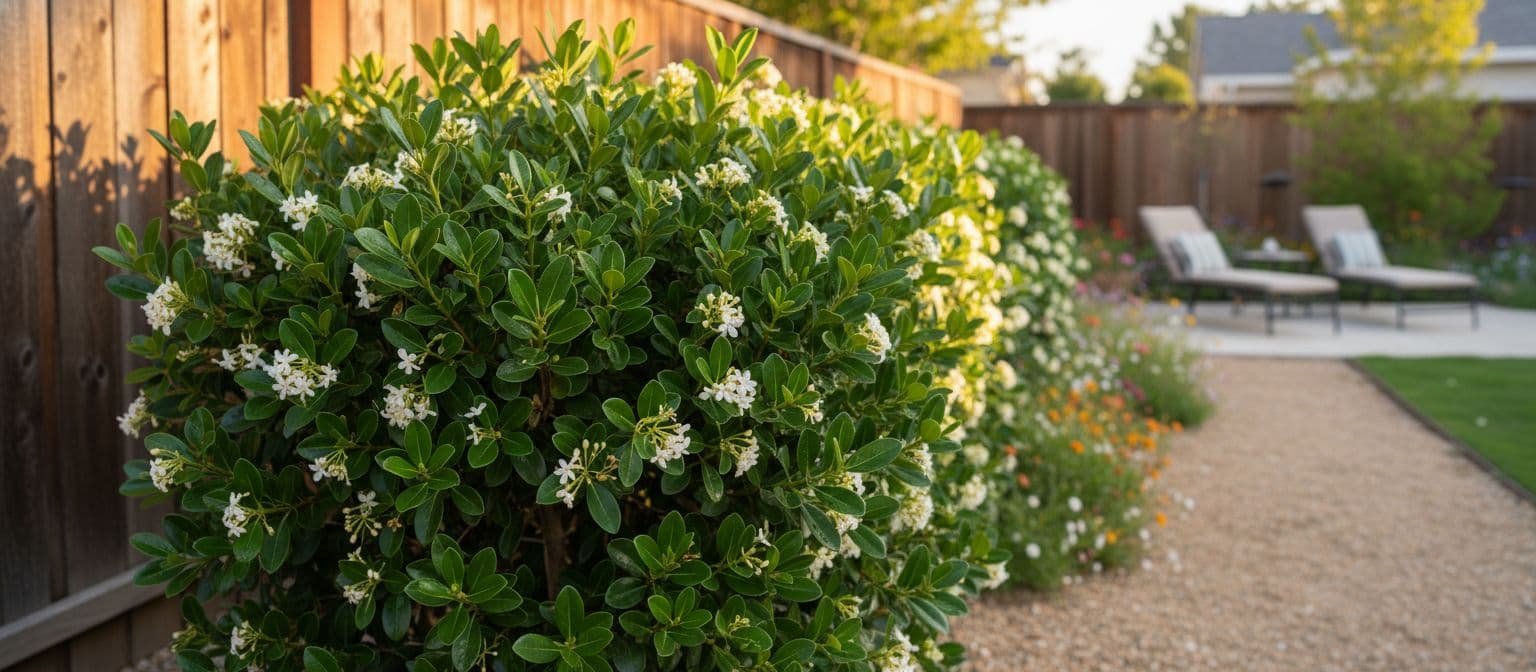
Flowering and evergreen shrubs that stay tough by the sea
- Pittosporum tobira (Japanese mock orange): Evergreen hedge or backdrop with glossy leaves, sweet spring scent. Good for privacy without heavy water use.
- Nerium oleander (oleander): Very salt and drought tolerant with a long bloom season. Toxic to pets and people; avoid near play areas.
- Westringia fruticosa (coastal rosemary): Compact gray-green mounds with small white flowers. Handles wind, salt, and pruning.
- Leucophyllum frutescens (Texas sage): Silvery leaves, purple blooms after humidity or rain. Heat and drought champion.
- Rosa rugosa (seaside rose): Tough, fragrant flowers and showy hips. Good near the coast, prefers some room to spread.
- Coprosma repens (mirror bush): Glossy, colorful foliage in many varieties. Salt and wind tolerant in coastal sites.
For more local shrub ideas, browse this regional take on low-maintenance plants for Orange County homes.
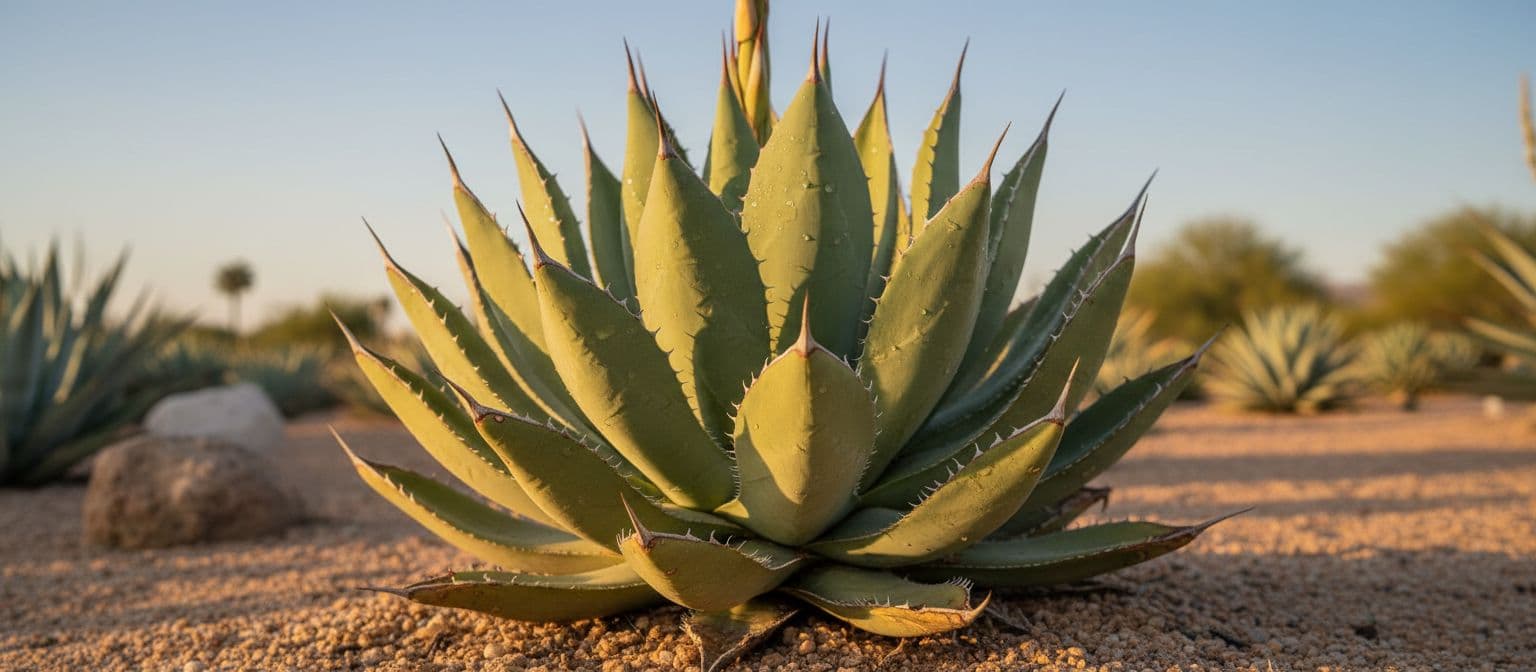
Succulents and cacti for bold texture and very low water
- Agave attenuata (foxtail agave): Smooth, no spines, soft look. Great near entries and paths.
- Aloe arborescens (torch aloe): Winter blooms feed hummingbirds when little else flowers. Thrives in coastal wind and fast drainage.
- Aeonium arboreum: Sculptural rosettes. Likes morning sun and light afternoon shade in hotter pockets.
- Curio talinoides var. mandraliscae syn. Senecio (blue chalksticks): Low blue groundcover with clean lines. Strong contrast on slopes and borders.
- Opuntia species (prickly pear): Extreme drought and salt tolerance, showy spring flowers. Keep pads away from walkways.
- Crassula multicava: Low, spreading succulent with tiny pink blooms. Useful filler under taller plants.

Groundcovers and fillers to cover soil and block weeds
- Dymondia margaretae (silver carpet): Tight, walkable mat for parkways and between pavers. Very low water.
- Rosmarinus officinalis ‘Prostratus’ syn. Salvia rosmarinus (creeping rosemary): Aromatic trailing stems, pollinator friendly. Good for walls and banks.
- Gazania hybrids: Bright daisies in many colors. Choose clumping or sterile selections to limit reseeding.
- Kurapia groundcover (Phyla nodiflora cultivar): Very low water lawn alternative with light bloom. Strong in sunny coastal areas.
- Epilobium canum groundcover forms: Seasonal color and fast fill. Cut back in winter for fresh growth.

Grasses, accents, and small palms for movement and structure
- Muhlenbergia capillaris (pink muhly grass): Feathery pink plumes in fall. Low water once established.
- Muhlenbergia rigens (deer grass): Sturdy clumps for slopes and borders. Strong partner to sages and buckwheats.
- Lomandra longifolia ‘Seascape’ or ‘Nyalla’: Grass-like accent that stays neat and salt tolerant.
- Festuca glauca (blue fescue): Small blue clumps for edging. Good color pop near gray and chartreuse foliage.
- Chamaerops humilis (Mediterranean fan palm): Compact, multi-trunk palm with coastal tolerance. Slow growing.
- Note: Calamagrostis ‘Karl Foerster’ prefers cooler summers. In zone 10a, choose Sesleria autumnalis or the plants above.
For water-wise plant categories and inspiration, this statewide roundup of low-water plant choices offers helpful context.
Easy design ideas and plant combos for Newport Beach yards
The palettes below keep water needs aligned, spacing simple, and maintenance low. Adjust counts to fit the space and stick with drip irrigation.

Water-wise curb strip that handles car doors and heat
- Plants: Dymondia margaretae (mass), Lomandra longifolia ‘Seascape’ (rhythm), Curio/Senecio blue chalksticks (color band), Gazania clumps (seasonal color).
- Spacing: Dymondia 8 to 10 in on center; Lomandra 24 to 30 in; chalksticks 18 in; Gazania 18 in.
- Notes: Run inline drip down the strip. Keep plant height low near driveways. Add 2 to 3 inches of mulch between new plants until they knit together.
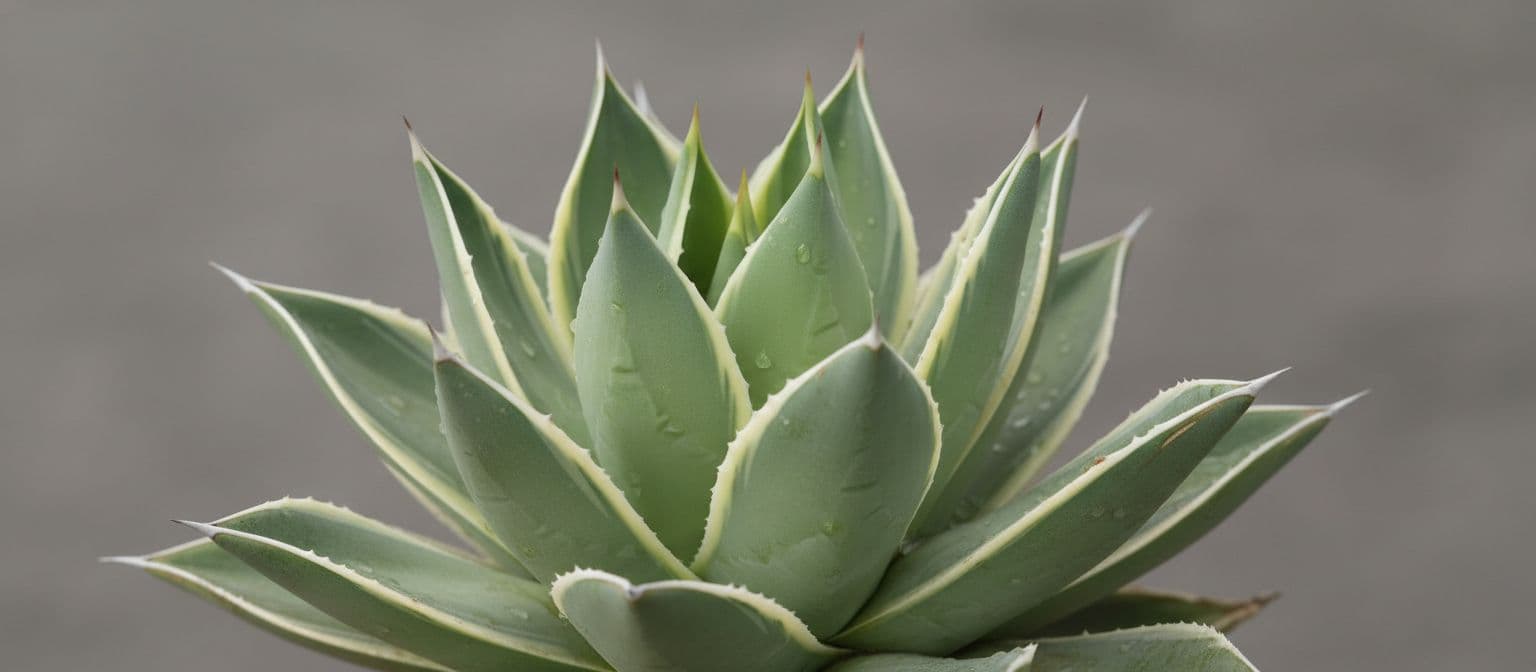
Colorful front yard that stays low maintenance year-round
- Plants: Agave attenuata (focal), Encelia californica (spring bloom), Salvia leucophylla (scent and pollinators), Pittosporum tobira ‘Wheeler’s Dwarf’ (evergreen mound), Epilobium canum (late summer color), Festuca glauca (edging).
- Spacing: Large accents 3 to 5 ft apart; shrubs 3 to 4 ft; fillers 12 to 18 in.
- Notes: Keep tall blooms below windows. Repeat colors in odd-numbered groups for a calm, cohesive look.

Wind-friendly slope or bluff with erosion control
- Plants: Baccharis ‘Pigeon Point’, Eriogonum fasciculatum, Rosmarinus/Salvia rosmarinus ‘Prostratus’, Muhlenbergia rigens, Ceanothus ‘Yankee Point’.
- Spacing: Groundcovers 3 ft on center; grasses 3 to 4 ft; shrubs 4 to 6 ft.
- Notes: On steep areas, install jute netting first. Plant through the fabric. Water deeply to set roots, then mulch and secure with wattles until plants fill in.
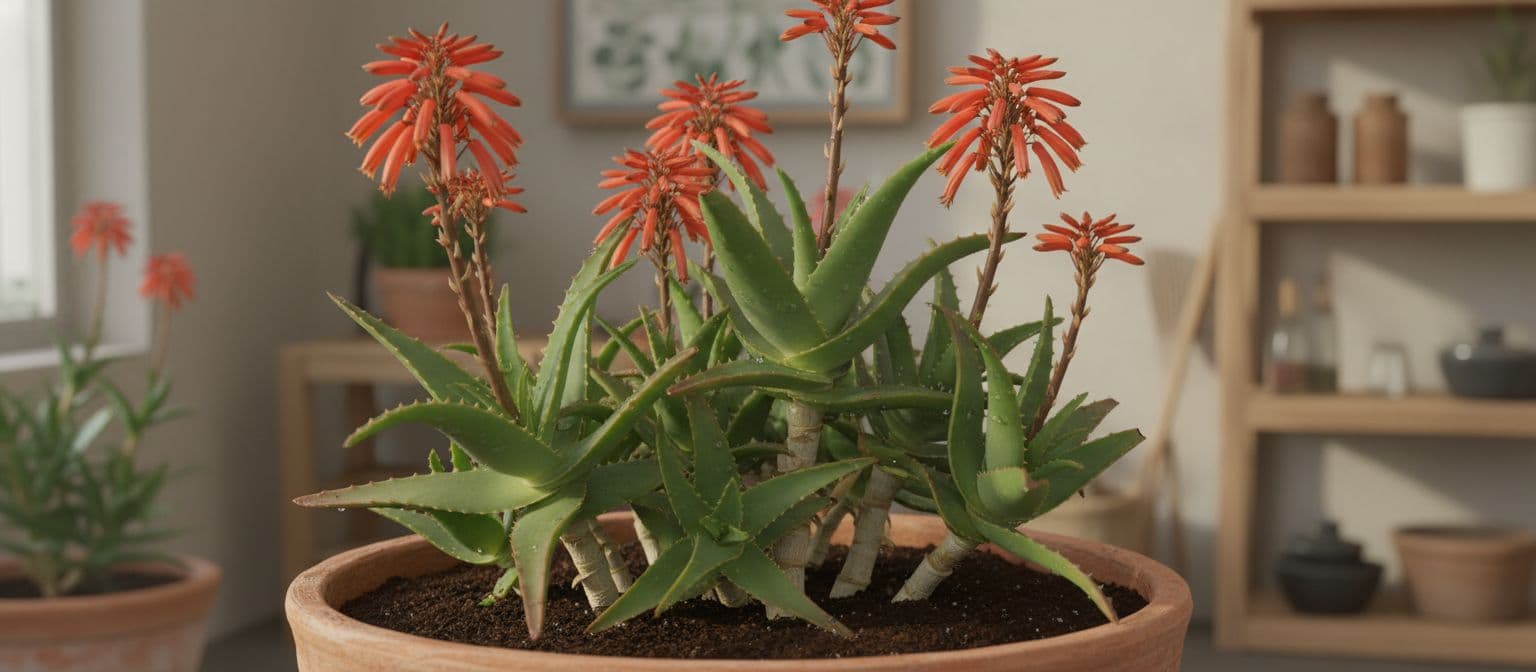
Coastal patio and containers for renters or small spaces
- Plants: Aloe arborescens (large pot), Aeonium arboreum, Crassula multicava, Curio/Senecio blue chalksticks, Gazania in bowls, Coprosma repens dwarf forms.
- Containers: Use lightweight fiberglass for windy decks. Fill with fast-draining cactus mix. Place pots for morning sun and light afternoon shade.
- Care: Run microdrip on a small timer. Flush pots monthly with fresh water to reduce salt crust. Rotate plants for even light.
Care, watering, and troubleshooting for long-term success
A simple routine helps plants thrive with minimal water. Newport Beach encourages water-smart irrigation. Early morning cycles, drip lines, and mulch do the heavy lifting.
Seasonal care calendar for zone 10a
SeasonWhat to doFallBest time to plant, add compost, set up drip, and mulch beds.WinterLet rains help. Prune lightly after bloom on natives like Ceanothus. Check for soggy spots.SpringCheck and clear emitters, deadhead Gazania, shape Westringia, refresh mulch.SummerDeep water less often, rinse salt off leaves if needed, monitor containers during heat waves.
How much to water and when to adjust
- Establishment plan:
- Weeks 1 to 2: water 2 to 3 times per week.
- Weeks 3 to 8: water 1 to 2 times per week.
- Months 3 to 6: water every 10 to 14 days.
- After 6 months: taper to monthly or less for very low-water plants.
- Deep soak: Aim to wet soil 8 to 12 inches deep. Use a moisture meter or hand test.
- Adjustments: Add one extra cycle during heat waves or Santa Ana winds. Cut back after cool, cloudy weeks or winter storms.
- Containers: Check twice weekly in summer. Water until it drains from the pot. Empty saucers to prevent root problems.

Salt, pests, and safety: what to watch for
- Salt burn: Brown tips on leaves can signal salt. Rinse foliage and the top inch of soil with fresh water, then improve airflow.
- Pests: Look for aphids on tender tips, myoporum thrips on Myoporum, and scale on pittosporum. Try pruning and horticultural oils first.
- Safety: Oleander is toxic. Keep it away from kids and pets. Place spiny cacti well off paths. Choose smooth agaves, like A. attenuata, near entries.
- Wind: On exposed corners, use low, flexible plants. Stake only during the first season if a plant leans.
For a broader overview of low-water choices and maintenance basics, this county PDF on drought tolerant plants and the utility’s guide to Mediterranean-zone plants and watering habits add context.
Conclusion
A Newport Beach coastal yard can be colorful, durable, and very water wise with the right plants and a simple routine. Choose plants built for salt, sun, and sandy soil, group by water needs, mulch well, install smart drip, and follow a seasonal care plan. Start with one bed or a curb strip, then repeat the palette for a clean, linked look across the property. For site-specific help, especially on slopes or larger makeovers, consult a local pro and review guidance on sustainable, low-water planting for Orange County.




